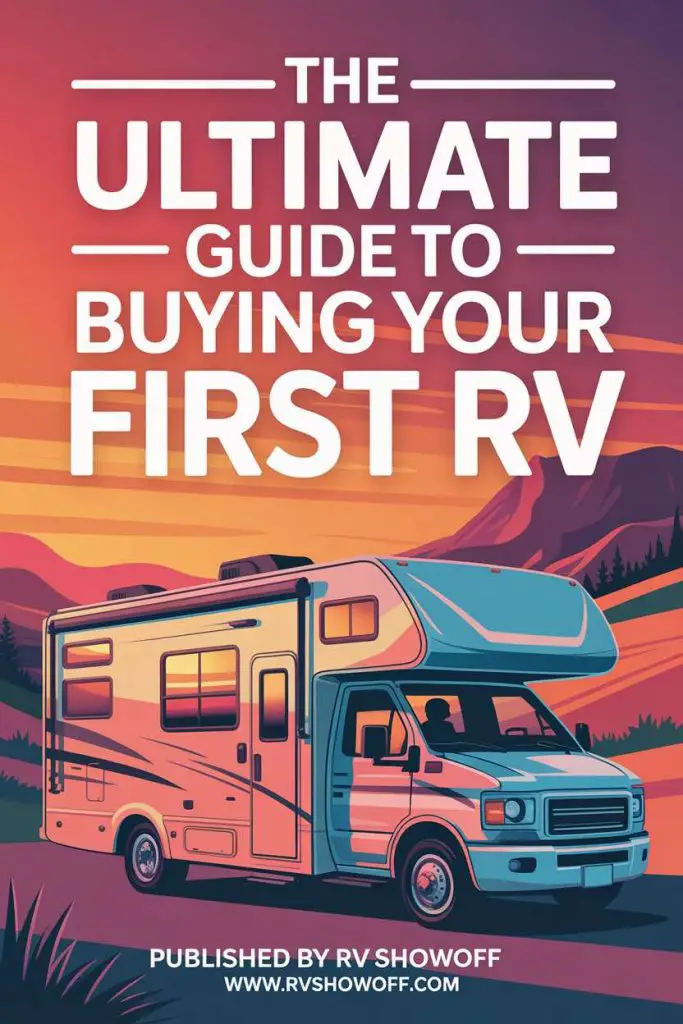Would you like to save this article?
When it comes to RVing, the debate over using leveling blocks can be as heated as whether pineapple belongs on pizza. In our newsletter, we asked our readers a question: “Do you use leveling blocks for your RV?”
This topic seems to divide the RV community, and we wanted to get to the bottom of it. If you missed this poll, don’t worry! Make sure to vote in our future polls so you can be part of our exciting results and findings. Your opinion matters, and it helps us understand our RV-loving community better!
Poll Results
Drumroll, please! The results are in:
- 57% of our readers said “No,” they do not use leveling blocks
- While 43% responded with a resounding “Yes.”
It seems like the majority of our RV enthusiasts prefer to live life on the edge—or rather, on a slight tilt. Let’s dive into these findings and see what they reveal about our adventurous audience.
The Great Leveling Block Debate
So, what’s the deal with leveling blocks? Are they the unsung heroes of a stable RV life, or just another item cluttering up the storage compartment?
For the 43% of you who use them, leveling blocks are probably as essential as a morning cup of coffee.
You know the drill: park, level, and enjoy a wobble-free experience.
Meanwhile, the 57% who voted “No” might be the daredevils of the RV world, embracing the thrill of a slightly slanted living space. Perhaps they enjoy the challenge of cooking breakfast on a tilted stove or the excitement of a rolling can of beans.
Why the Results Came In as They Did
So why did the majority vote against using leveling blocks? It could be that many of our readers are seasoned RVers who have mastered the art of finding perfectly level parking spots.
Or maybe they just love the unpredictability of an unlevel RV—after all, who needs a level bed when you can have an adventure? On the other hand, those who use leveling blocks might value comfort and stability above all, ensuring that their RV experience is as smooth as possible.
Whatever the reason, it’s clear that the RV community is as diverse in their preferences as they are in their destinations.






